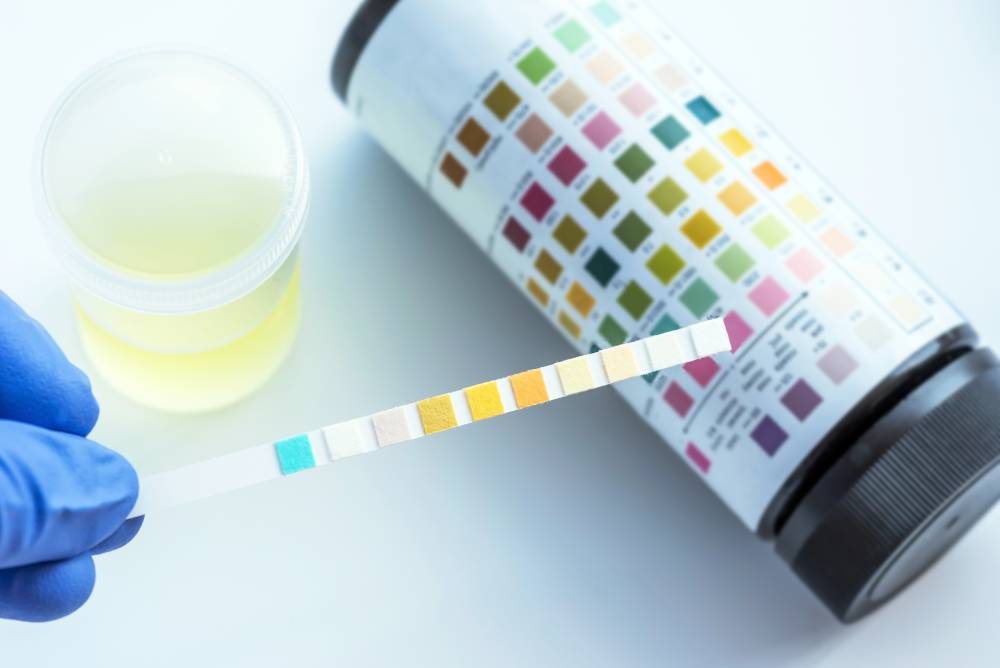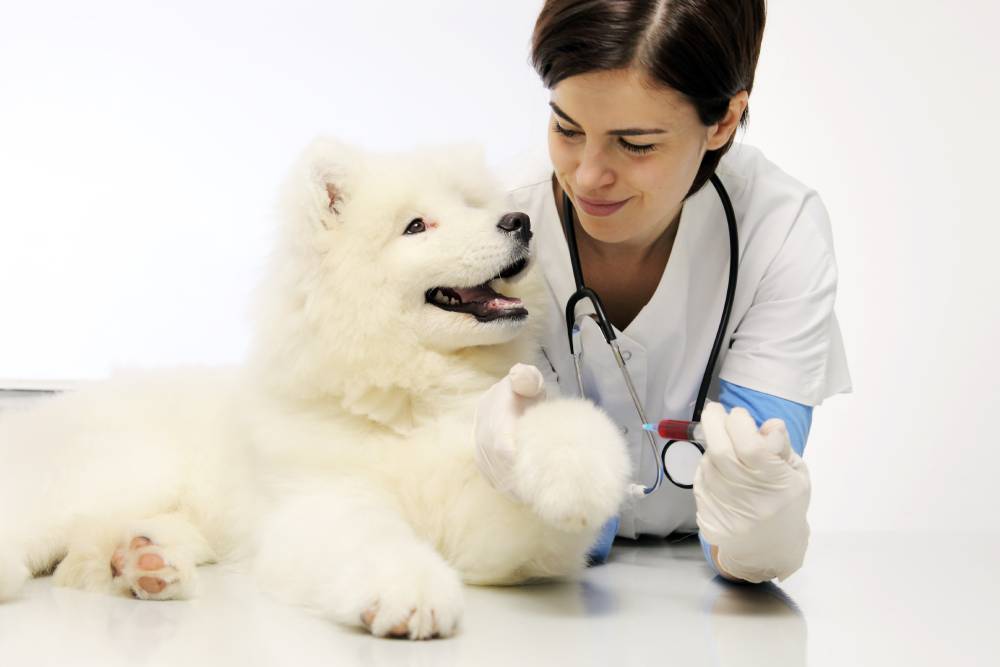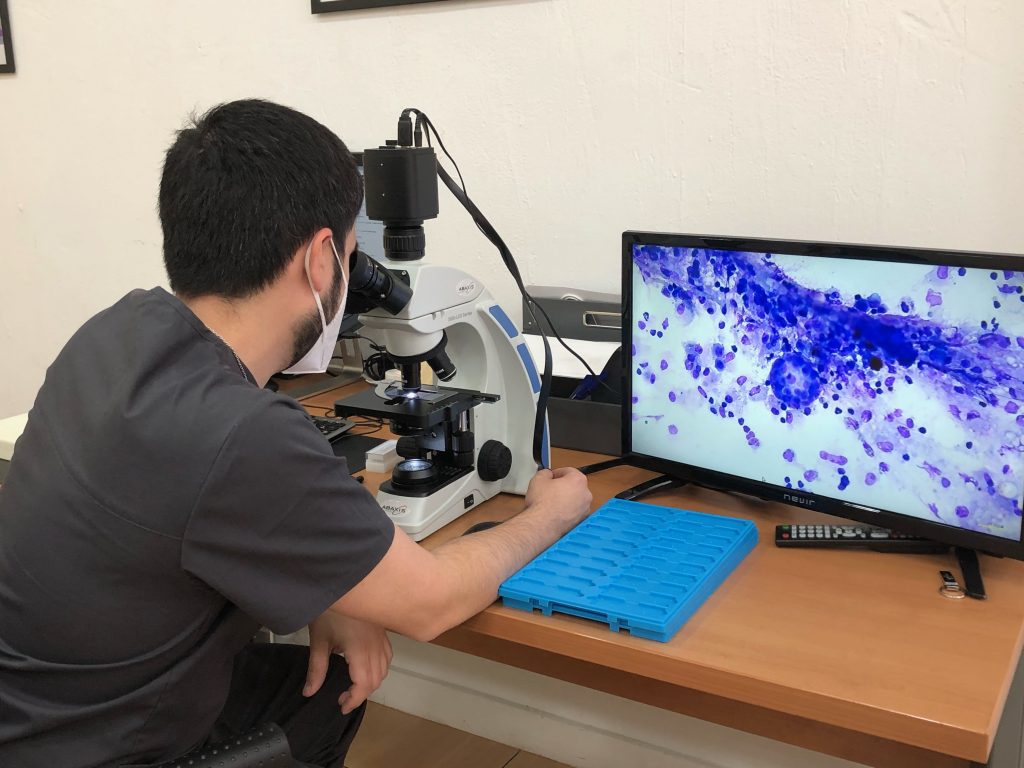Our Laboratory Tests
We perform basic laboratory tests within the clinic. Samples for the tests may be collected by one of our vets, or you may collect samples at home (feces, urine) and bring them to the clinic.Blood Tests
One of the most common tests we perform is a complete blood
count (CBC) that analyzes the numbers and appearance of blood
cells. The CBC is important in the diagnosis and monitoring of
disease and infection, and can indicate if your pet has
dehydration, diarrhea, or anemia, for example. The results of the
tests can tell us a lot about the way your pet’s body is functioning
and suggest possible health problems.
Stool Sample Tests
Stool samples may be collected before an appointment, or they
may be collected by one of our veterinarians. The material is then examined under a microscope. We can detect the presence of the cysts of parasites such as Giardia and Cryptosporidium or eggs of other parasites, such as roundworms, hookworms, and tapeworms. Larva, adult worms, or tapeworm segments may also be observed.

Urine Tests
Analysis of urine samples (urinalysis) is important for detecting
various types of urinary tract infection, kidney disease, or internal
bleeding. The sample should be analyzed immediately after
collection, since urine left at room or higher temperature will
degrade, and test results will not be accurate. The tests carried out on urine samples include evaluating the appearance, chemistry, and sediment. Normal urine is yellow or amber in colour and should be transparent or clear. The presence of diseases or infections may change the colour or clarity.
Hormone Tests
The excess or lack of certain hormones in animals can trigger different diseases such as diabetes, Cushing’s syndrome, Addison’s, hyperthyroidism, etc. For this reason, we can use a blood sample processed in our laboratory to identify the level of these hormones in our patient’s bodies.
Cytology
Cytology is a diagnostic test used by veterinarians at UNAVETS to detect abnormalities or lesions in cells. To do this, we need to take a sample of the lesion by needle aspiration or by imprinting the lesion, apply staining techniques to the sample and analyse it under a microscope.
Cytology allows us to:
- Detect whether a lesion is tumoural or not.
- Classify whether neoplasms or tumours are benign or malignant.
- Determine whether a medical or surgical treatment should be used.


